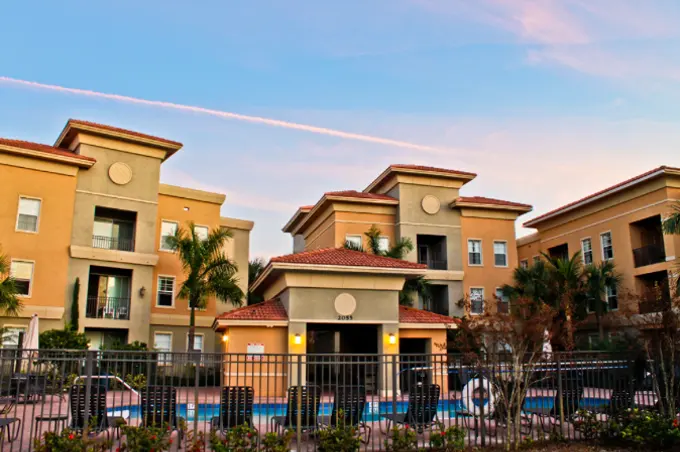Within today's world, having a robust and dependable Wireless signal is crucial, especially in multi-dwelling environments like flats or condominiums. Many individuals depend on the network for work, school, and leisure activities. However, Wi-Fi signals can struggle to extend to every area of these buildings due to various obstacles. These hindrances can consist of partitions, floors, and other electronic equipment that interfere with the signal. To enhance Wireless connectivity and performance in these settings, it is important to grasp some foundational concepts of Wi-Fi networking.
One effective way to enhance Wi-Fi performance is by intelligently placing routers and access points throughout the building. A central location is usually ideal, as it enables the coverage to propagate uniformly in all areas. In spacious multi-dwelling residences, several repeaters may be required. These units assist extend the reach of the wireless infrastructure and deliver stronger coverage to residents in different parts of the building. Additionally, using devices that support the latest wireless standards can lead to faster speeds and better total efficiency.

Another important factor in improving wireless signal strength is minimizing interference from other electronics. Most household find out items, such as microwaves and wireless handsets, can interfere with wireless signals. It is recommended to keep routers away from these appliances to maintain a clearer signal. Additionally, adjusting the frequency configuration on a router can assist in minimize interference from adjacent signals. Most devices by default select the best band, but individually selecting a less crowded one can improve efficiency.
Regularly updating device firmware is also crucial for ensuring optimal wireless stability. Manufacturers routinely release updates that resolve bugs and enhance security features. Maintaining the firmware up-to-date guarantees that users take advantage of the most recent enhancements and defenses against potential threats. Furthermore, tracking network usage assists in identify which endpoints consume more bandwidth, enabling better management of existing resources.
Finally, informing residents about proper usage for using Wi-Fi can greatly improve their experience. Basic steps such as pairing only necessary units, using Ethernet connections when feasible, and routinely restarting the router can improve reliability. By creating a culture that understands how to maximize their Wi-Fi efficiency, multi-unit environments can elevate resident satisfaction and guarantee that everyone experiences a consistent internet service. This combined method of strategic deployment, minimizing interference, this hyperlink managing equipment, and informing users will result in a more efficient and satisfying Wi-Fi usage for all residents.
Comments on “Improving Wireless Connectivity and Performance in Multi-Unit Environments for Optimal Customer Satisfaction”